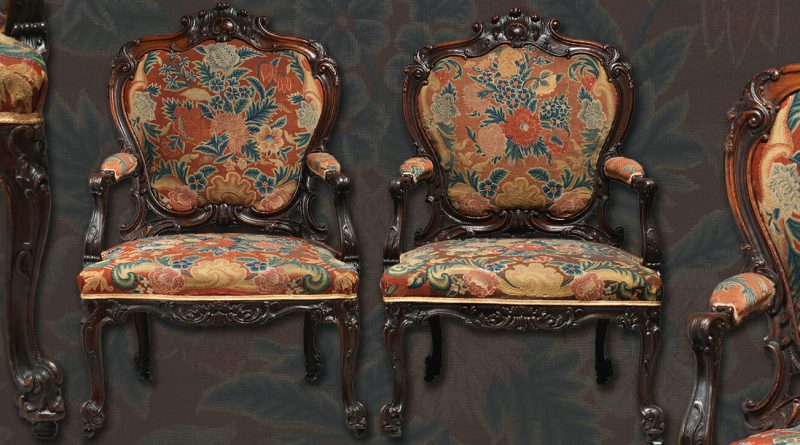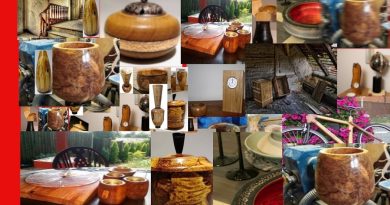Antiques In the Attic: Identifying Chippendale Furniture
His Life
Thomas Chippendale was born in 1718 in Otley, Yorkshire England. He moved to London in 1740 to promote his business and had several partners throughout his career. The Earl of Burlington was one of the first influential persons to buy furniture from Chippendale. Chippendale was married two times and had 9 children with his first wife, and 2 children with his second wife. When he retired in 1776 his eldest son took over the business.
The Furniture
Thomas Chippendale apprenticed as a joiner for a cabinet maker before setting up his own business in London.
In 1754 he published a book illustrating 160 designs from his shop, titled The Gentleman and Cabinet-Maker’s Director.
The book was so popular that he produced two later editions, each illustrating new designs. The designs show the Georgian, Queen Anne, French and Chinese influences on Chippendale. Chippendale’s books influenced other furniture makers of the day. Chippendale preferred to accept large-scale commissions from aristocratic clients who selected their furniture designs from his Director books. With such clients he acted much as a modern-day interior designer, selecting furnishings and accessories for the entire house.
The years between 1750 and 1785 are known as the Chippendale period.
Because Chippendale did not sign or use a maker’s mark it is difficult to attribute pieces to him with certainty. The only recognized method of establishing authenticity is to find one of his original bills, usually preserved among estate papers, or equivalent documentation. However, although a piece may be accurately attributed to Chippendale’s workshop, it is near impossible to attribute the production of the piece to Chippendale himself.
As his business flourished, the production of furniture was completed by craftsmen Chippendale employed rather than him. When examining a piece attributed to the Chippendale workshop it is important to look at the technique used for joints. Hand crafted joints will be slightly irregular and may show evidence of hand tool marks. It is further recommended to look for evidence of hand planing, hand sawing, handmade nails, and shrinkage in the wood.
New Designs of the Chippendale Period
Chippendale produced new furniture designs including the pie crust table and chest-over-chest highboys. He also introduced the camel-back sofa complete with upholstering in brocade, velvet, and damask textiles.
His furniture was generally made of mahogany, imported from the West Indies. Solid wood, rather than veneer was used to allow the elaborate carving typical of the Chippendale style.
Identifying Characteristics of the Chippendale Style
Furniture from the period has the following characteristics:
- Large decorative brass drawer pulls
- Curved furniture legs
- Ball and claw foot
- Square straight legs
- Absence of stretchers between chair legs
- Chairs measured between 3 feet 1 inch and 3 feet 2 1/2 inches from the floor to the top of the chair back
- Carved ornamentation
American Chippendale
Furniture produced by American craftsmen during the Chippendale period is recognized by the use of large and ornately carved pieces from mahogany, which was then given a high polish.
Reproductions
Everyone who appreciates and may wish to decorate in the Chippendale style may be unable to acquire an original piece. en Reproductions were being crafted when Chippendale was producing furniture and modern reproductions using modern techniques continue today.
Reproductions are detected by the lack of depth and quality of the ornate carvings. The wood from which modern pieces are constructed, even if made of mahogany, will be less dense than the older mahogany used in the 1700s.
Lastly, if the price seems exceptionally reasonable for an authentic Chippendale, it is likely a reproduction. A reputable antique dealer will provide a note of authenticity, appraisal, and a money-back guarantee for an unsatisfied purchase.
Chippendale Society
The Society was founded in 1965 in Thomas Chippendale’s hometown.
The mission of the Society is to:
- advance public education and promote the appreciation and study of the work of Thomas Chippendale senior and junior
- to acquire, preserve and maintain examples of his work for the benefit of the nation
Source by Beverly A.




